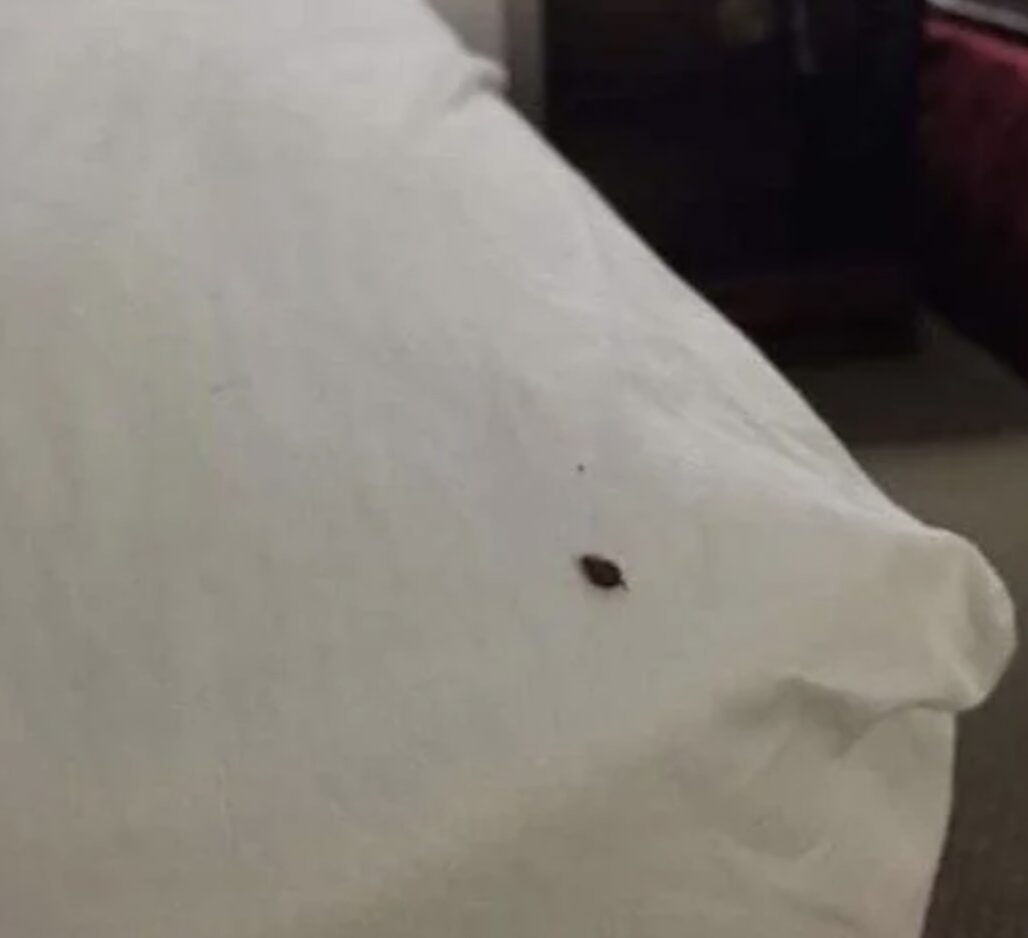I like to think of myself as having love and understanding towards all creatures. Even spiders and snakes – fairly common phobias among humans – don’t freak me out to the point where I’ll actively take steps to avoid them.
You could say that I have a high threshold where tolerance for creepy crawlies is concerned… just not with ticks.
No, shameful as it is for me to admit, I wouldn’t lose an ounce of sleep if ticks vanished from the world tomorrow, never to be seen again. The thing is, they’re not just annoying (not to mention invasive and, well, enough to make most people’s skin-crawl) but they can actually be dangerous.

